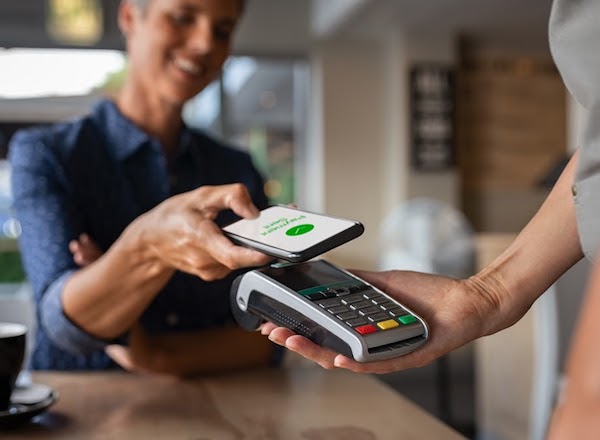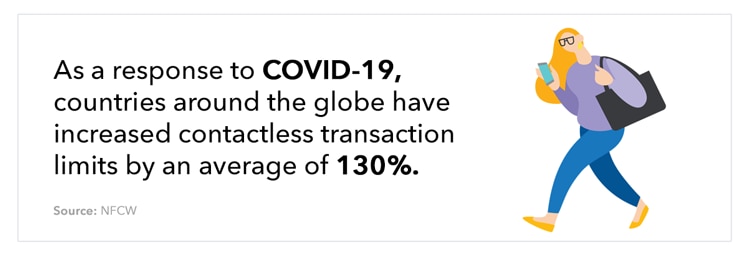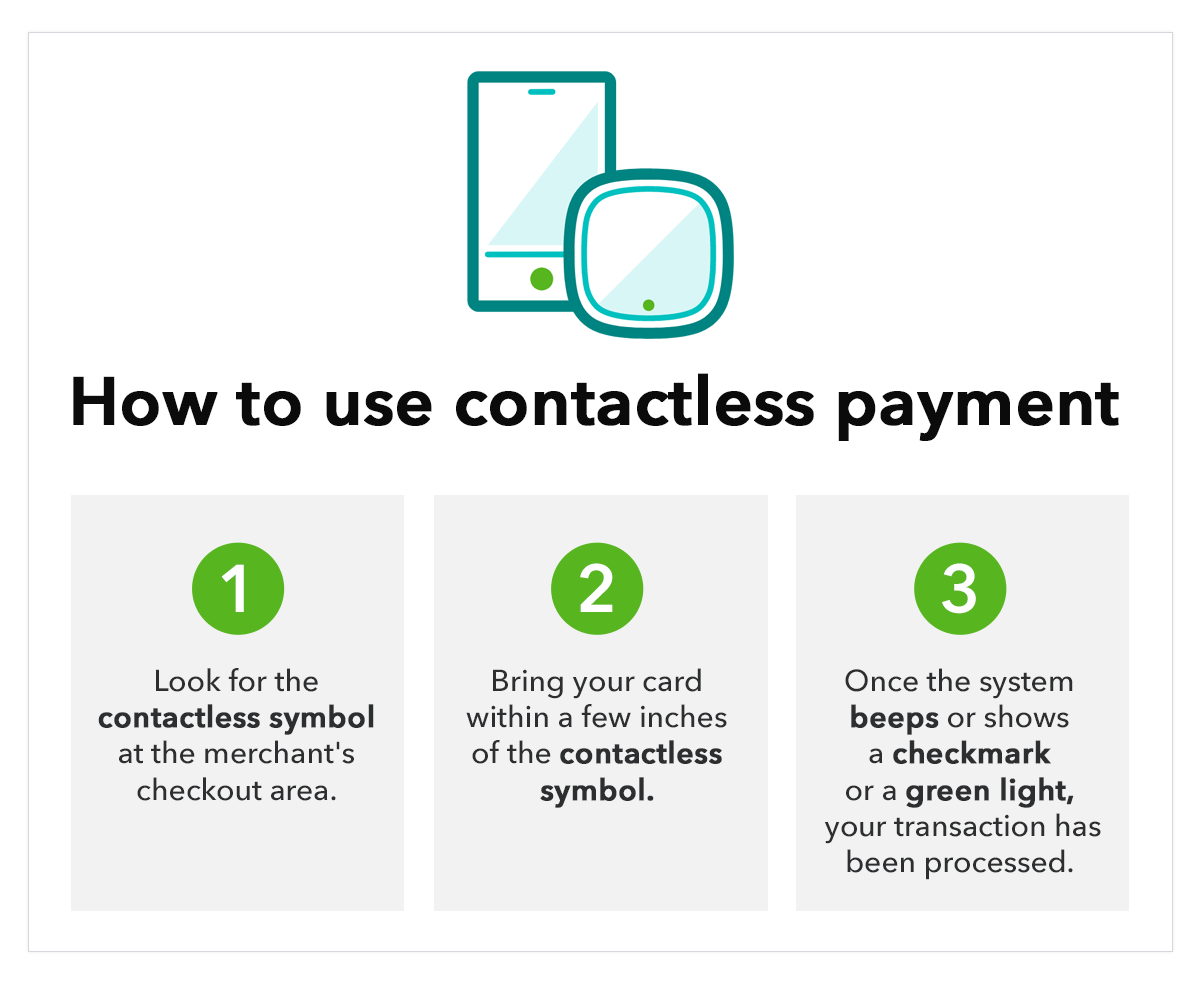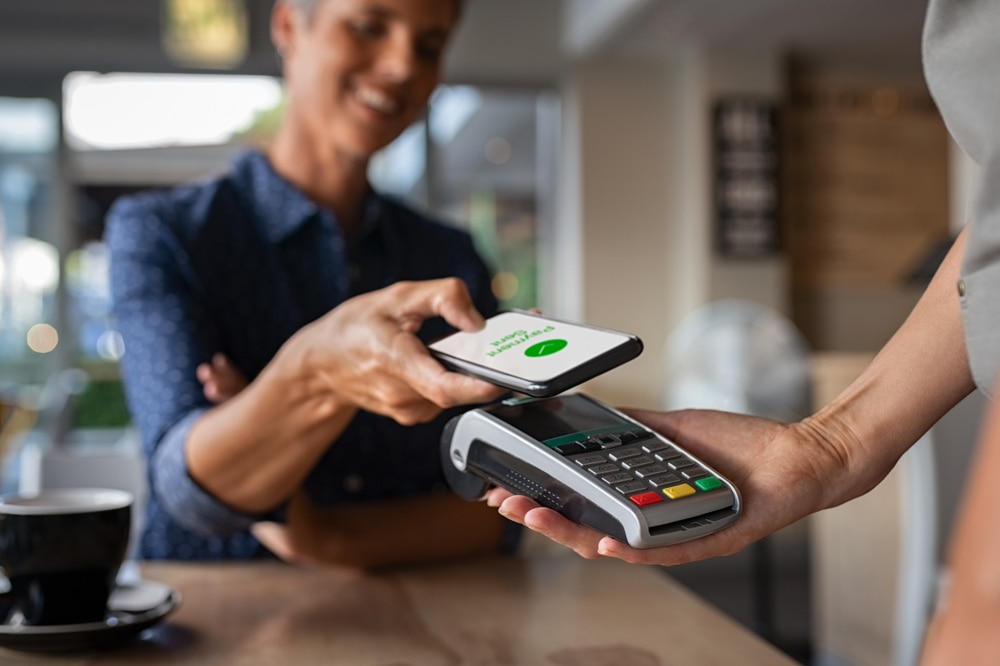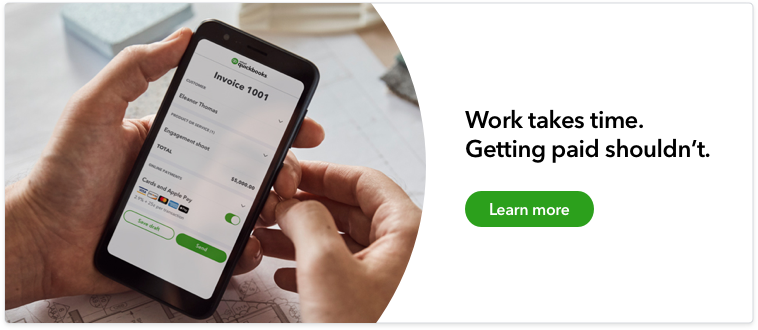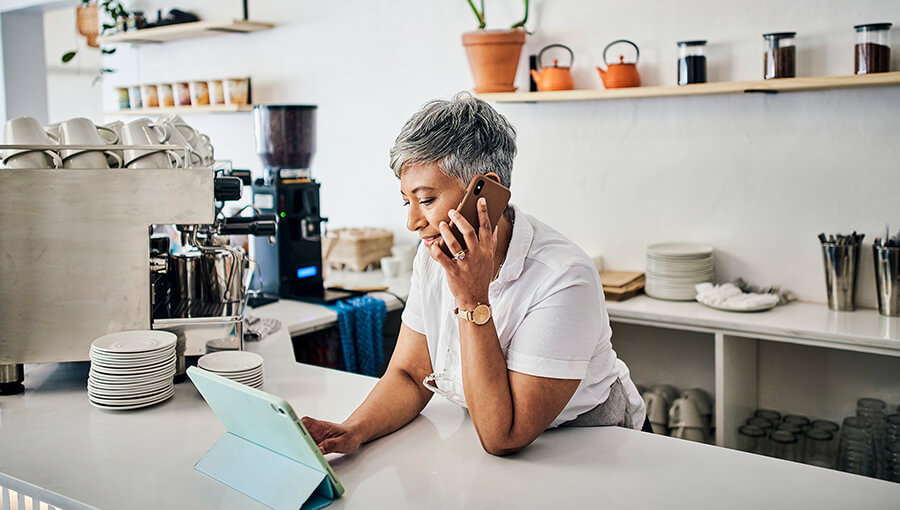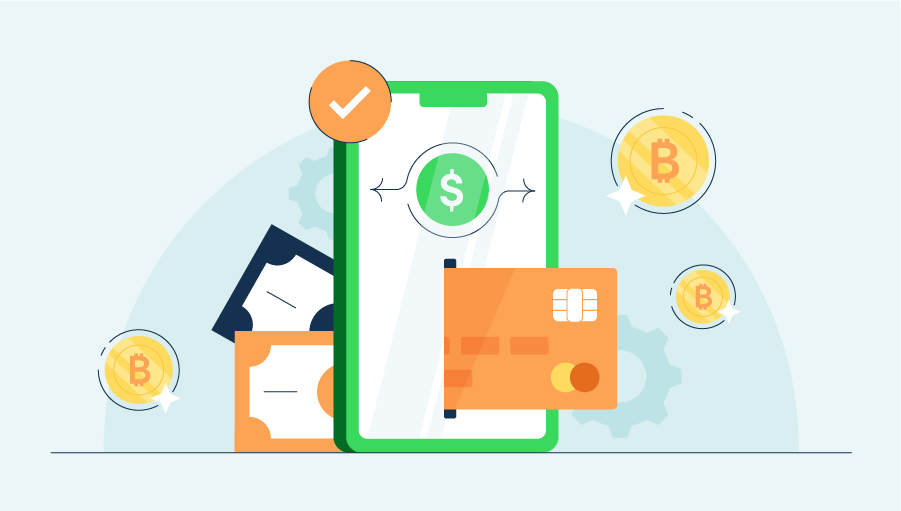Which credit card issuers are using contactless payments in the United States?
According to the Mastercard survey, 79% of consumers are using contactless payments. So there’s a significant demand for contactless payment options anywhere consumers spend money.
That demand is being met with a quickness. Virtually every major credit card issuer in the country has either already offered contactless card payment or has announced their intentions to make such technology available.
From self-checkout stations and cash registers to contactless payment systems on restaurant tables, touchless checkout is only growing in popularity. If you haven’t already gotten on board, it may be beneficial to do so.
You may not own a particular card outfitted with this contactless payment technology. But you may still choose to add that card to a mobile wallet on your smartphone. As long as the merchant accepts touchless payments, you’ll be good to go.
No-touch payment has proven to be an easy and safe way to pay. With contactless payments, we can expect a more streamlined and sanitary purchase experience—one that may become more widespread as merchants jump on board.








